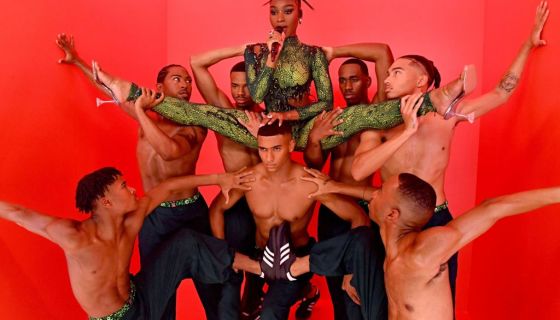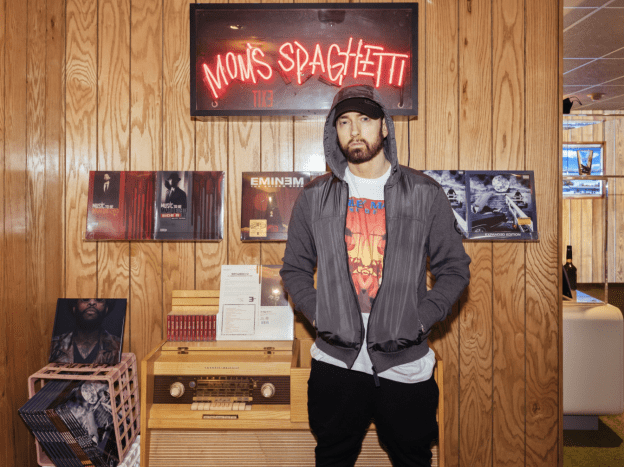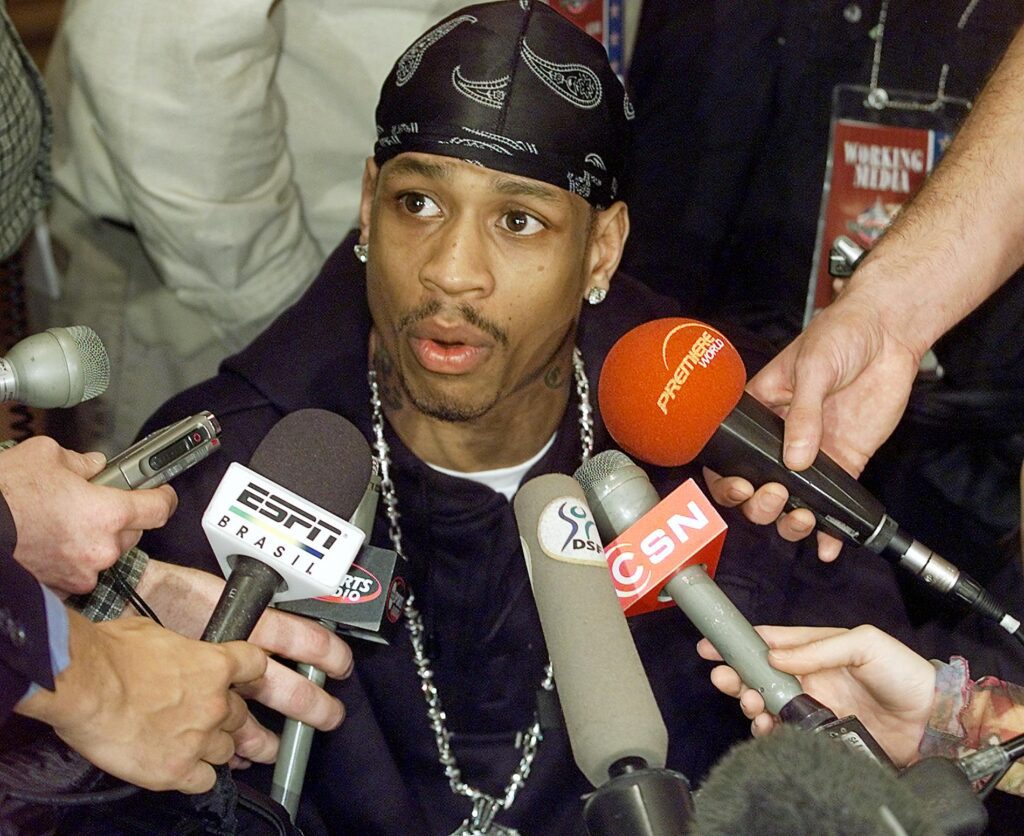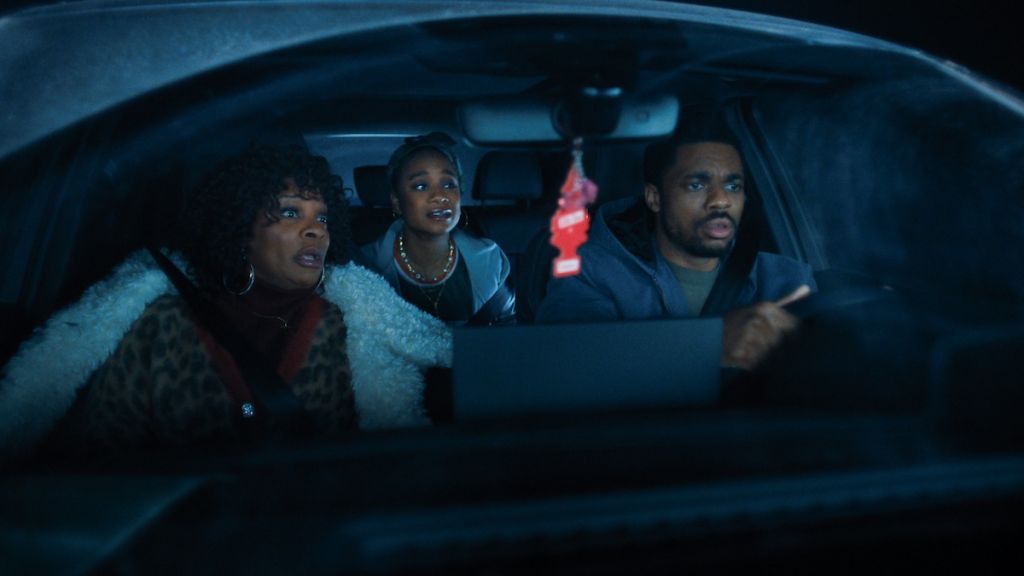The set designer behind the latest installment of Rihanna’s beloved Savage X Fenty fashion show is opening up about his process.

Source: Kevin Mazur / Getty
Willo Perron is the set designer behind the Savage x Fenty Vol .3 show, also having worked on the first and second editions of the show. Perron, along with others, worked to help Rihanna realize her vision and turn the Savage X Fenty shows into major events that combine the worlds of fashion, performance, and art.
For the third show, which premiered on Amazon Prime last week, Perron focused on The Westin Bonaventure Hotel, a structure in downtown Los Angeles that was designed by John C. Portman Jr. in 1974. He says his goal was to showcase the beauty of the architecture without adding a lot of bells and whistles to it.
“Well, the beauty of this building is that there’s this inherent grandiosity,” the set designer explained to Complex. “It would have been easy to add projections and video and like, all these kind of gags. My thing was just to always pull back from people being like, ‘Hey, let’s add pyro.’ But I felt like we needed to just let the space and architecture kind of be and focus on these sort of subtle things like the deeply saturated colors.”
Perron went on to talk about how he incorporated artists like Normani and Nas, as well as model Lourdes Leon, into the performance, explaining how different it is from something like an awards show.
“We kind of build all this stuff and choose where and when people get placed in the show and what makes sense for each track,” he explained to the publication. “This is not like an award show where somebody will come in and do their production. People are integrated into the existing show. So the little boxes were meant to be these kind of storefront vignettes we thought about doing. So it’s two trains that move simultaneously. It’s figuring out who’s performing and that’s happening as we are building the actual show.”
As for how Rihanna challenges him, Willo said:
“Uh, man. I think that on this scale and in the world that we work in is inherently competitive with themselves. So we’ve already just finished this one, and I’m already like, ‘What are we going to do next?” How do we sort of ramp up this thing and make it better? And like, what is the thing that I didn’t like and how do we kind of course-correct that stuff? And you know, she and everyone else involved sort of expect more and better. It’s kind of a constant challenge.”







